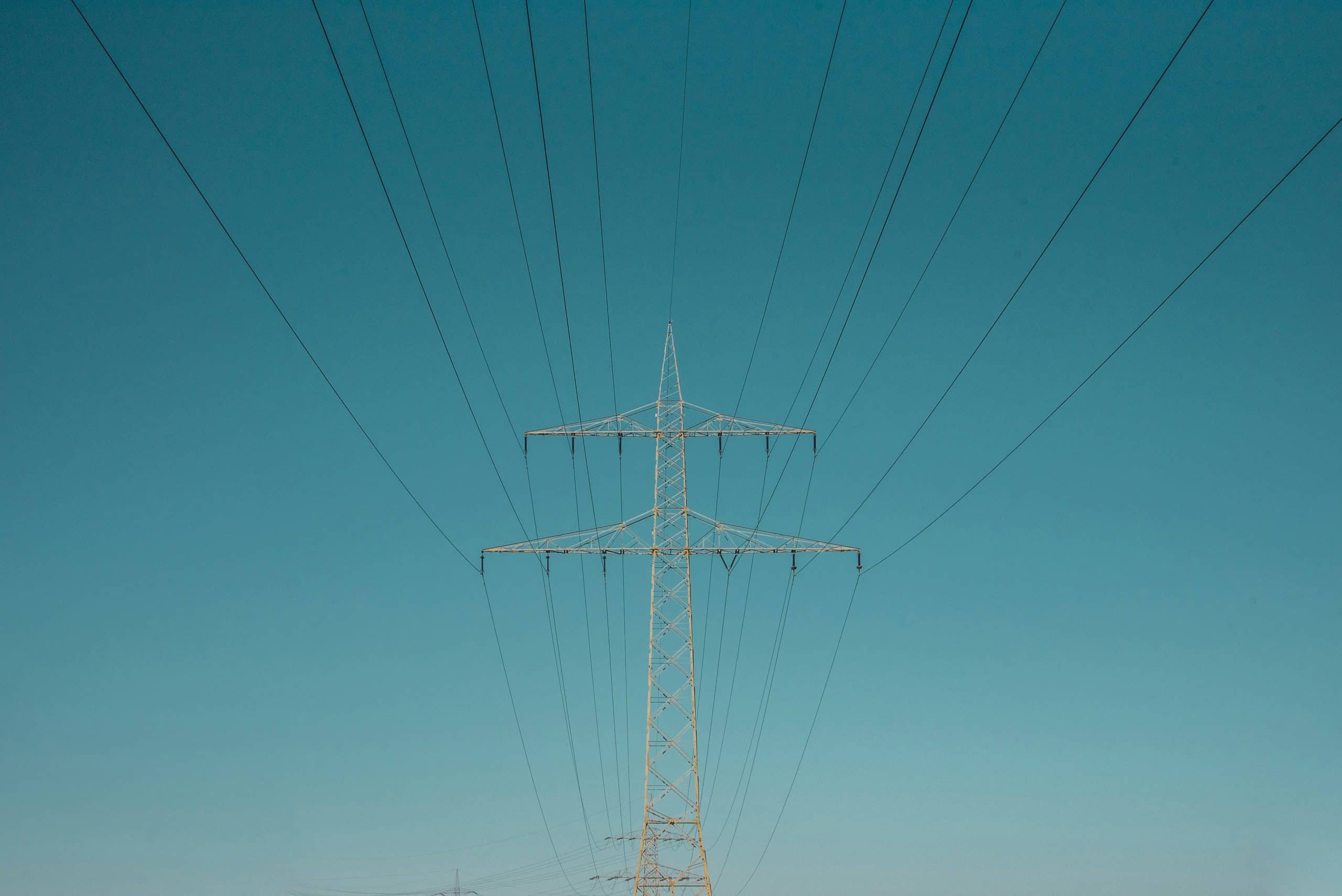
For many in creative industries, Artificial Intelligence (AI) can be seen as a threat – a futuristic robot here to take jobs and churn out lackluster content. However, this is not the right focus. For lots of PR pros, AI promises new opportunities; less time spent on repetitive work, and more chances to think outside the box.
Either way, it’s clear that AI is on everybody’s mind. According to our latest research, technology adoption, with a particular focus on AI and automation, is the biggest issue facing their organization in 2025, according to a quarter of PR decision-makers.
Already, AI has been a game-changer in reducing routine, rules-based tasks, allowing PR professionals to focus on what truly matters – creative and strategic thinking. The days of spending hours on data entry, media monitoring, and manual reporting are fading, freeing up valuable time for more meaningful client work.
However, equally important as how we use AI, is how we talk about AI.
As storytellers and strategic communicators, PR pros play a vital role in shaping the narrative around AI. As more organizations develop or adopt AI tools, it seems inevitable that most PRs will need knowledge – and the vocabulary – that enables them to navigate these complex issues and take a nuanced approach to the subject.
In a world where some lack the technical knowledge to fully grasp the underlying mechanics of AI, information and perspectives in traditional media and social platforms will be vital not only in shaping public opinion, but also decisions made about AI on both a business and legislative level. These narratives do not merely reflect attitudes – they shape them. How we frame AI matters just as much as how we design it.
What does this mean for the energy sector?
In some cases, this may mean raising awareness of the many opportunities where AI can make a difference to complex problems. For example, grid balancing, the real-time management of electricity supply and demand, is an incredibly resource-intensive process that allows our electricity supply to remain steady and reliable.
Since electricity cannot be stored, the National Grid faces the difficult task of either bringing on or turning off electricity generation to keep supply and demand in balance at all times. According to an analysis of data from the National Grid Electricity Systems Operator (ESO), balancing the grid cost taxpayers £7 billion in 2023 and 2022.
AI is playing an increasingly crucial role in balancing electricity grids by improving forecasting accuracy, optimizing energy distribution, and enhancing grid resilience. By analyzing vast amounts of real-time data, AI can help grid operators prepare for fluctuations in supply and drive efficiency. Continued innovation and deployment of this technology could lead to enhanced resilience and sustainability in the face of increasing environmental challenges.
However, focusing purely on the benefits of AI may lead us to a form of blind techno-optimism and these opportunities must be presented in balance with the drawbacks of AI. Just like any other technology, AI should be treated with caution, and education is paramount. In the case of the National Grid, the extraordinary energy requirements of the datacentres used to train AI, alongside a plethora of potential cybersecurity and operational risks, must be considered alongside its potential future benefits.
On the other hand, presenting AI as an unequivocal threat can risk leading the audience into paralyzing fear. Many of the alarming predictions surrounding AI are based on speculation rather than its actual present-day capabilities. Only with clear, informed, and constructive analysis can we avoid polarized and sensationalist content.
Effective communications in a changing world
What does this mean on a practical level? It’s clear that alignment between an organization’s narrative framing and its operational approach to AI is crucial. A firm investing in AI tools must set realistic expectations and address valid concerns without resorting to hyperbole. CCOs have responsibility when it comes to ensuring that communication on AI is trustworthy, transparent, and in line with the organization’s wider goals.
At first glance, the PR industry may not appear to have a seat at the table when it comes to shaping the future of AI. However, as communicators, we engage critically with the narratives projected around AI and through this process, we exert influence over public perception of AI.
Strategic thinking, relationship building, and nuanced storytelling are core to ensuring a bright future for AI.
Image: Sven Mieke / Unsplash